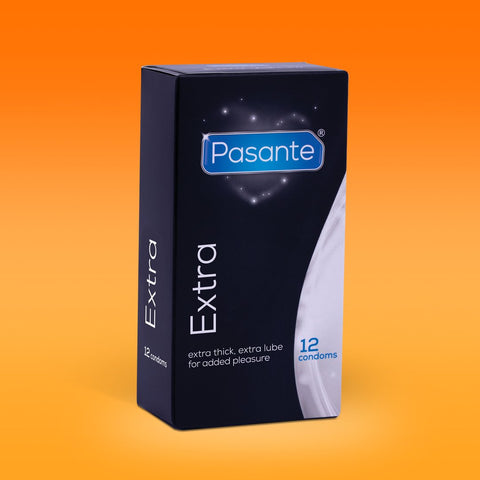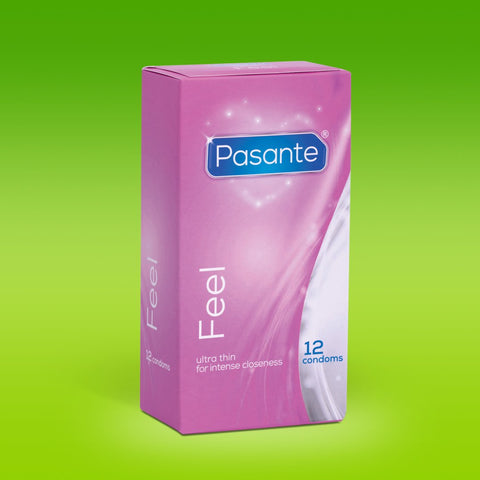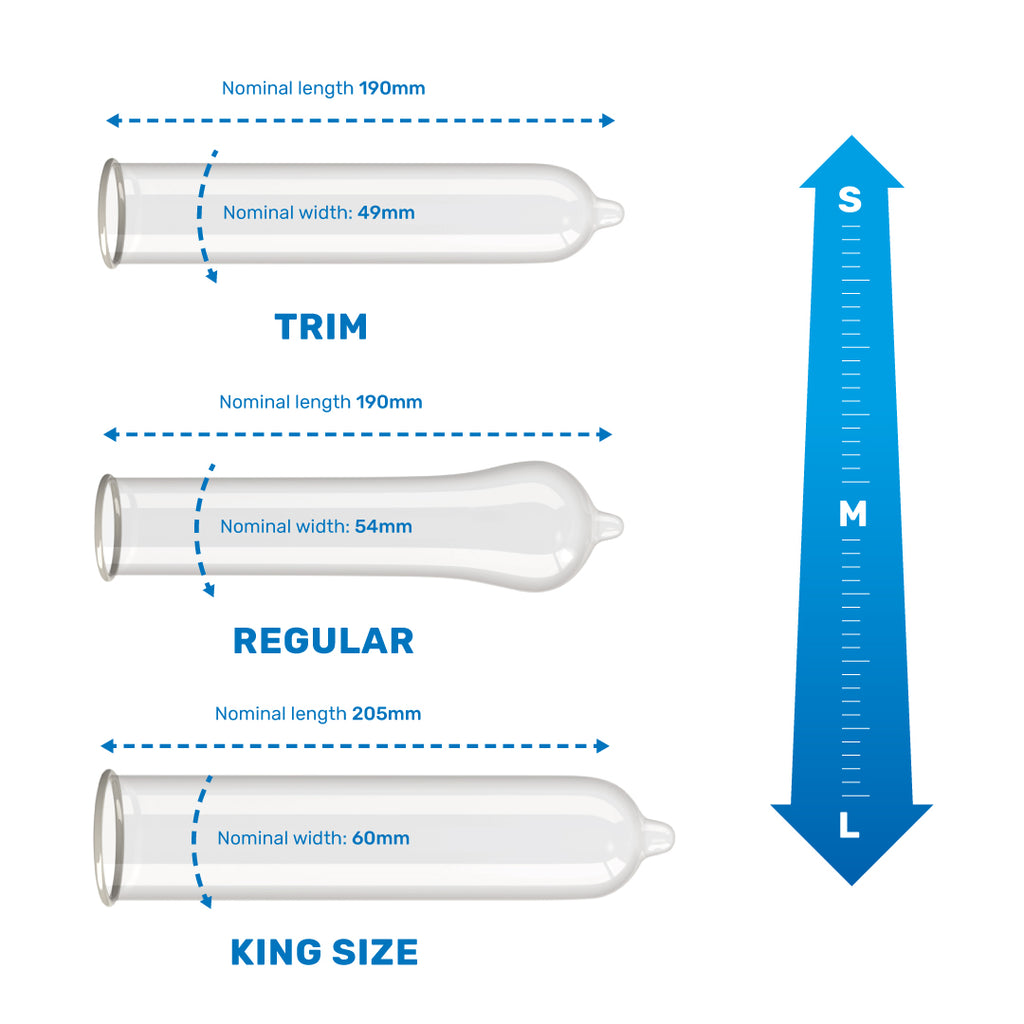
World Contraception Day
World Contraception Day was launched on 26th September 2007 to empower young people to make informed decisions about their sexual and reproductive health. World Contraception Day continues to campaign to raise awareness about contraception and safe sex so that every pregnancy becomes a planned one. The Office of National Statistics reported that 24% of all conceptions in the UK led to termination of pregnancy in 2018.
One recent study revealed that over 85% of women and 70% of men have admitted to having unsafe sex in the past year and sexually transmitted infections are continuing to rise with Public Health England reporting that in 2019 there were 468,342 new sexually transmitted diagnoses in the UK.
With so many different contraceptives available, it can often be difficult to know which contraception method is right for you to protect yourself from both an unplanned pregnancy and sexually transmitted infections. With this in mind on World Contraception Day, we thought we’d explore the pros and cons of each contraceptive method and take a look down memory lane to discover the history of when contraception first became available.
What contraception method should I choose?
We know it can be hard to choose a contraception method, especially with so much choice available. So to celebrate World Contraception Day we’ve made it simple for you - we’ve listed some pro’s and con’s of each contraceptive method so you can make a more informed choice.
World Contraception Day: Barrier methods
Condoms
Pros:
- Dual protection against both unplanned pregnancy and sexually transmitted infections
- Easily accessible
Cons:
- Some people may be allergic to latex (however, there are specific latex-free condoms available)
Internal condoms
Pros:
- Dual protection against both unplanned pregnancy and sexually transmitted infections
- No side effects
Cons:
- Need to feel comfortable with touching your own genitals
- Can slip out if not used properly (check out our Introducing Internal Condom guide on how to use them correctly)
Diaphragm
Pros:
- Protection against unplanned pregnancy
- Suitable for unplanned sex as can be put in beforehand
Cons:
- After having sex, the diaphragm needs to remain inside you for 6 hours before being pulled out
- Does not protect you against sexually transmitted infections
World Contraception Day: Long-acting Reversible Contraception (LARC)
Depo
Pros:
- Each injection provides protection against unplanned pregnancy for 3 months
- Removes the hassle of having to remember to take a pill every day
Cons:
- Doesn’t protect against sexually transmitted infections
- Can sometimes take a few months for fertility to come back if you are trying for a baby.
Implant
Pros:
- Long-term method of contraception (protects from unplanned pregnancy for 3 years)
- Can sometimes cause light or no periods
Cons:
- Doesn’t protect against sexually transmitted infections
- Requires minor surgery and insertion of the rod underneath the skin
Intrauterine Device (IUD) and Intrauterine System (IUS)
Pros:
- Very effective against unplanned pregnancy
- Long-term method of contraception IUS (3-5 years) and IUD (5-10 years)
Cons:
- Doesn’t protect against sexually transmitted infections
- Copper IUD can have side effects, such as cramping or heavier periods
World Contraception Day: Hormonal contraception
Combined pill
Pros:
- Usually makes periods lighter and less painful
- Fertility returns to normal straight after stopping the pill
Cons:
- Doesn’t protect against sexually transmitted infections
- May have temporary side effects when starting the pill
The Patch
Pros:
- Only need to replace the patch once a week
- May reduce heavy or painful periods
Cons:
- Doesn’t protect against sexually transmitted infections
- May have temporary side effects when starting the patch
World Contraception Day: History of Contraception Methods
1550 BC: The first condoms were documented being made from a leaf-thin material. The Ebers Papyrus, an Egyptian medical papyrus of herbal knowledge described condoms from being made from crocodile or elephant dung.
384–322 BC: One ancient Greek philosopher, Aristotle, argued that adding cedar oil to the womb before intercourse would prevent pregnancy. Obviously, this method rarely worked, and if it did, it was thought to be because the oil may have blocked the cervical canal preventing sperm from swimming up it.
Late 1850’s: Rubber condoms were invented by Charles Goodyear in 1839 and in the late 1850’s were beginning to be mass produced across the world.
1909: Richard Richter, a German physician, developed the first IUD made of silkworm gut but this device was not widely used but formed the template of future IUD’s.
1920: Advocated by Dr Marie Stopes, the contraception cap was starting to become a popular method for women.
1961: The contraception pill was now available on the National Health Service.
1976: The first Intrauterine Device (IUD) with progesterone was launched.
1992: Internal condoms launched in the UK.
1993: Contraception implants were first launched in the UK.
1995: The Intrauterine System (IUS) was first released in the UK.
2002 - Pasante began providing the NHS with condoms for sexual health services.
2013: The contraception injection was first launched in the UK.





